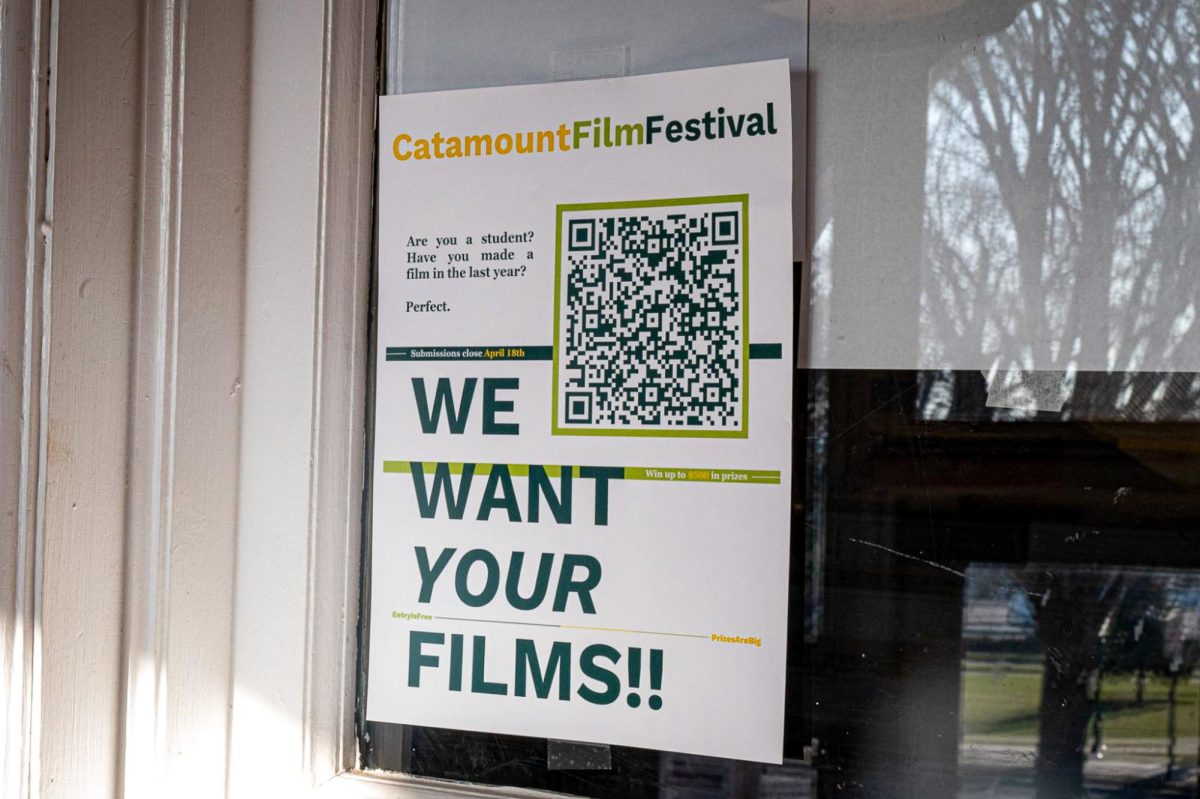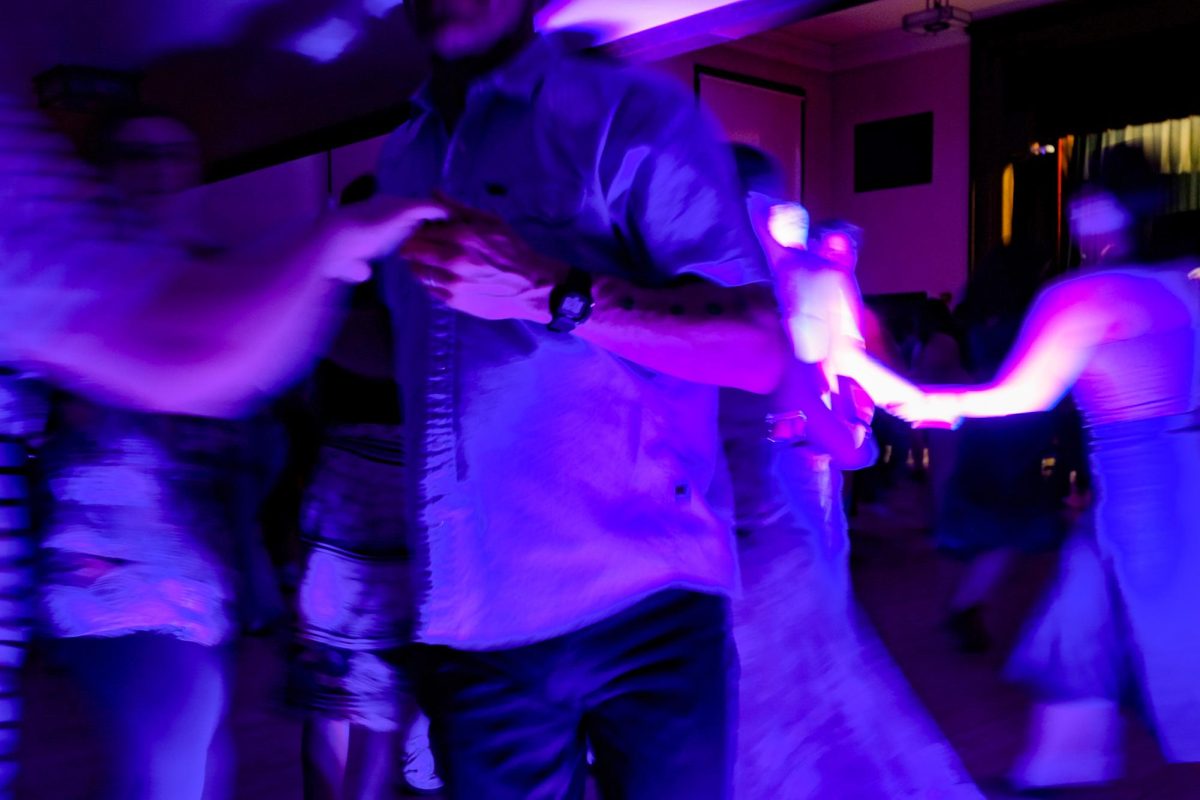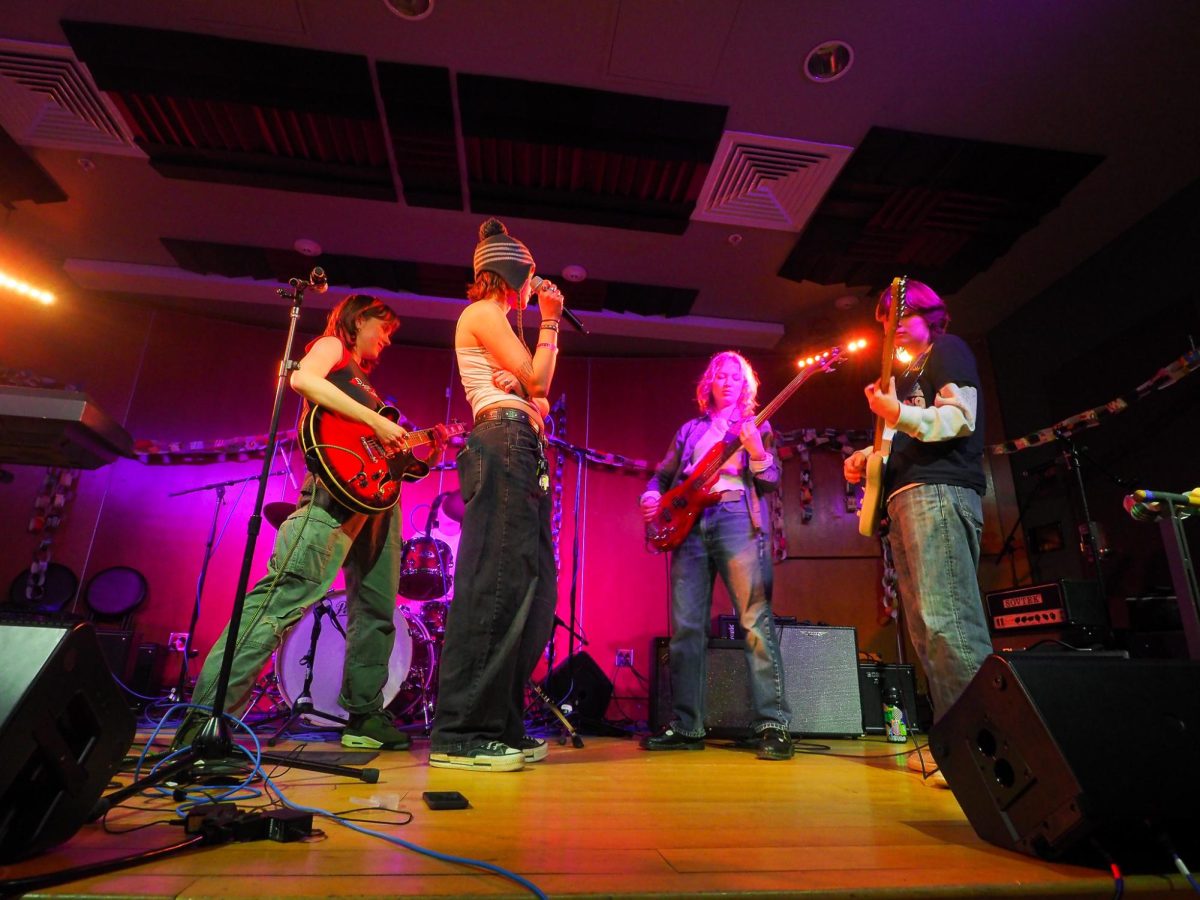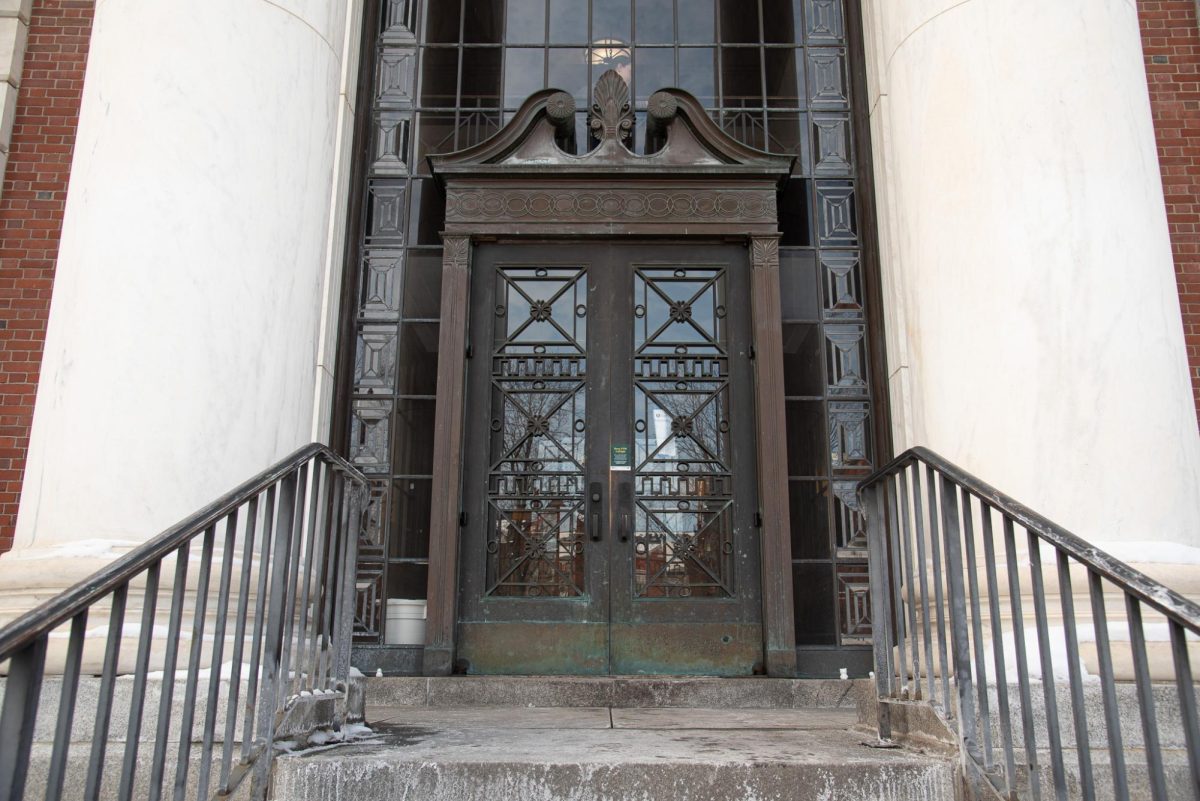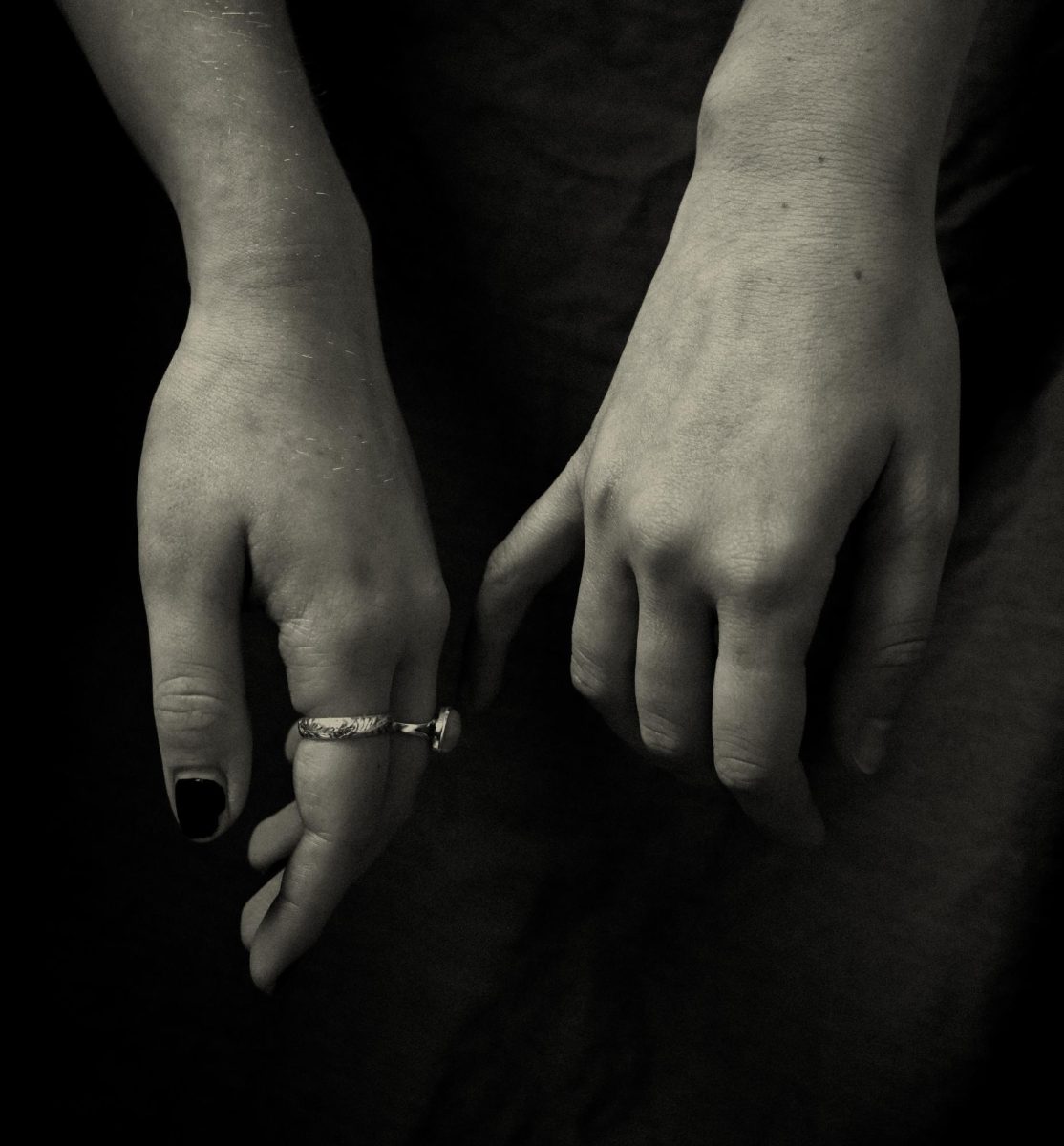New Providence Island is the vibrant and temperate home to Nassau, the capitol city of the Bahamas, where I recently spent a week recovering from the daunting Vermont winter. This small island is home to the one of the largest most elaborate casinos in the world, stretching white beaches, and was a former member of the British empire.
I was taken aback by New Providence’s crystal clear water and beautiful climate, and it didn’t take long to forget about the ungodly cold waiting for me back home. The beautiful fa?¤ade of the island masks a history marred with bloodshed and piracy. Sibony Indians are the first known inhabitants of the island, and lived there around 7,000 years ago.
Their civilization eventually died out and was replaced by migrants from the Amazon region of South America, known as Arawaks or Lucayans. Although this civilization of an estimated 40,000 Arawak’s had an advanced social structure, after the arrival of Columbus they were rapidly exterminated by the Spanish and because of this little is known about the peoples.
The shallow waters, large cove-like inlets, and numerous reefs and sandbars made Nassau a center for both trade and piracy, which provided the island with a steady income. Much of the local economy during this time was based around looting sunken trade ships. Islanders would actually stand on reefs with lanterns, guiding ships to their doom then raided them for cargo, and the surrounding waters are said to be the grave of almost 500 Spanish galleons.
Crime was so popular in the area that for a time the most notorious pirate of all, Captain Edward Teach a.k.a. Blackbeard, commandeered Fort Nassau and declared himself ruler, much of the distress to the royal navy. With the commission of royal privateers and the appointment of Woodes Rogers as Royal Govenor this period of criminal activity came to a swift close. During the 1800’s British loyalists brought the cotton industry and a large population of slaves to the island. The descendants of these slaves are now the main inhabitants of the island, and the victims of an interesting problem.
Because the residents have descended from a relatively small genetic pool, and because this population group has not significantly changed over the years local men and women are forced to look to foreigners for procreation. Favorite tourist attractions of this beautiful island include scuba-diving ship wrecks and exotic reefs, fishing, and the enormous resort/casino on the adjacent “Paradise Island.”
While there I had the unique opportunity to witness a Christmas celebration known as “box-day”, the main attraction of which was a large parade called the Junkanoo. Several different islands compete in this annual competition, vying for judges attention with huge flashy and thematically coordinated floats accompanied by a marching band.






